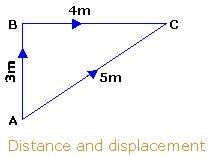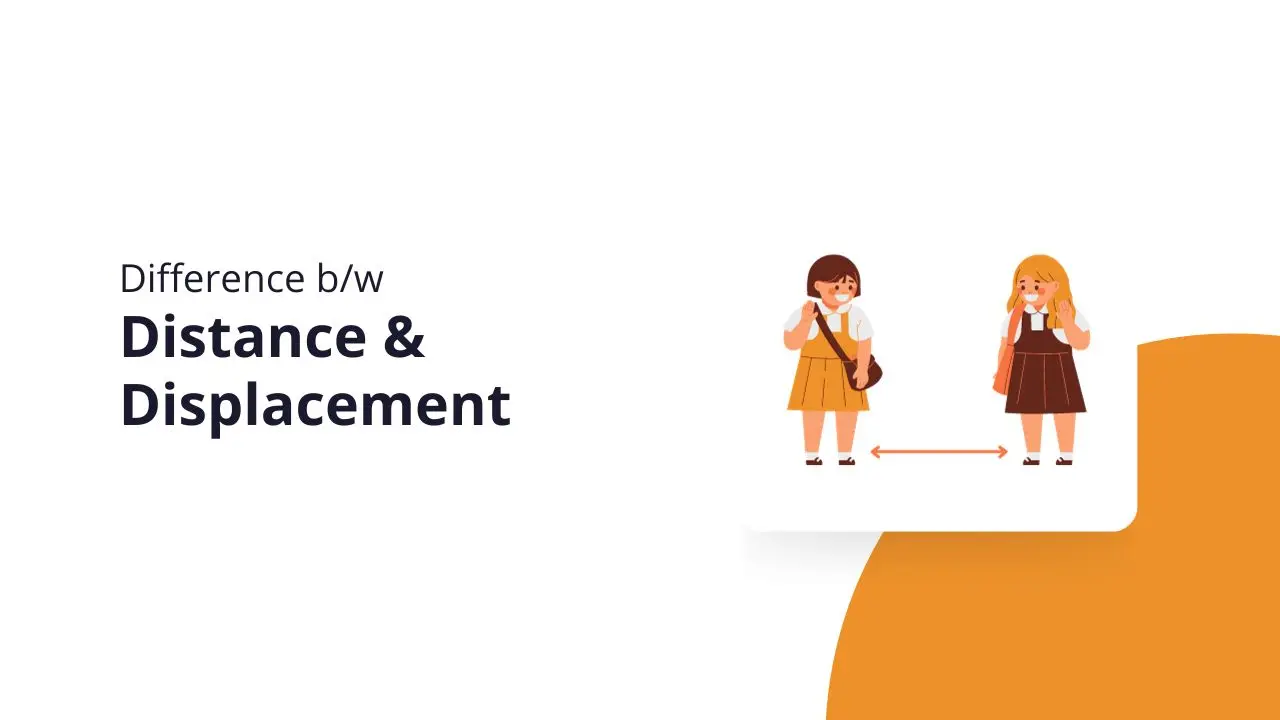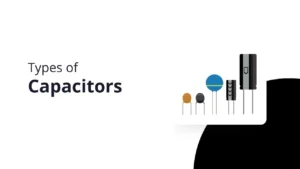Difference between distance and displacement
| Distance | Displacement |
|---|---|
| It is the actual length of the path covered by a moving object. | It is the shortest distance between the initial position and the final position of the moving object. |
| It is a scalar quantity. | It is a vector quantity. |
Example 1
Suppose a bus starting from a terminus A travels 15000 m to reach terminus B. Then the distance covered by the bus is 15000 m. Now if the bus returns to the terminus A, then what is the distance covered by the bus during the return trip? The distance covered is 15000 m. But the total distance covered by the bus during the trip from A to B and than back to A from B is 15000 m + 15000 m = 30000 m.

A bus moving from A to B and again from B to A
Thus, the distance covered by a moving object is the actual length of the path followed by the object.
Distance is a scalar quantity. SI unit of distance is meter.
Now let us find out whether the position of the bus has changed when it is moving from the terminus A to terminus B. Yes, the position has changed, i.e., there is a displacement of 15000 m from A to B. What is the displacement of the bus during the return trip? The displacement is again 15000 m but from B to A.
Thus, displacement is the shortest distance covered by a moving object from the point of reference (initial position of the body), in a specified direction.
But the displacement when the bus moves from A → B and then from B → A is zero. SI unit of displacement in meter.
Displacement is a vector, i.e., the displacement is given by a number with proper units and direction.
To drive home the difference between displacement and distance let us consider a few more examples.
Related Posts:
Example 2
Suppose a person moves 3 meters from A to B and 4 meters from B to C as shown in the figure. The total distance traveled by him is 7 meters. But is he actually 7 meters from his initial position? No, he is only 5 meters away from his initial position i.e., he is displaced only by 5 m, which is the shortest distance between his initial position and final position.

Now let us consider an object changing its position, with respect to a fixed point called the origin 0. xi and xf are the initial position and final position of the object. Then the displacement of the object = xf – xi.
Case 1
Suppose the object is moving from +1 to +4
then displacement = xf – xi
= +4 – (+1)
= +3

Case 2
If the object follows the path as shown in the figure then the final position and the initial position is the same i.e., the displacement is zero.

From the above examples, we can conclude that the displacement of a body is positive if its final position lies on the right side of the initial position and negative if its final position is on the left side of its initial position. Whenever a moving object comes back to the original position then the displacement is zero.




I used to be able to find good advice from your articles.
I was able to find good advice from your content.
Thank you for the auspicious writeup. It in fact was a amusement account it.
Look advanced to more added agreeable from you! By the way, how can we communicate?
These are truly wonderful ideas in about blogging.
You have touched some nice things here. Any way keep up wrinting.
We’re a gaggle of volunteers and opening a new scheme in our community.
Your site provided us with valuable info to work on. You’ve performed a formidable task
and our whole community shall be thankful to you.
I’m not that much of a online reader to be honest but your
blogs really nice, keep it up! I’ll go ahead and bookmark
your website to come back later. All the best